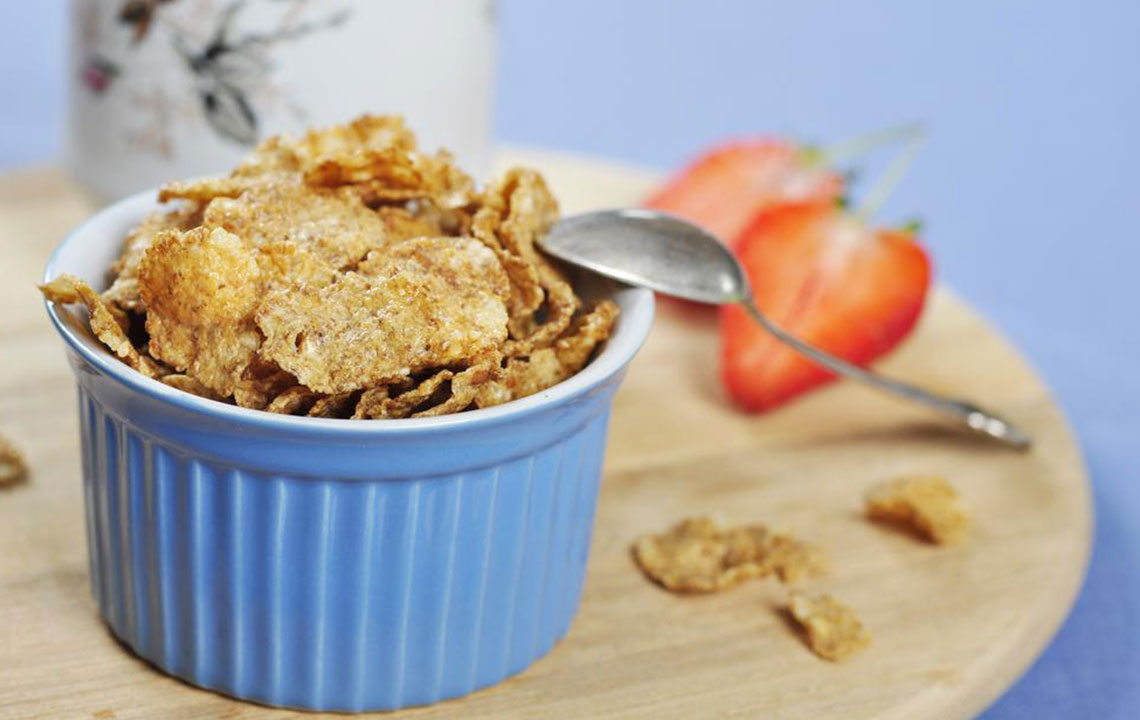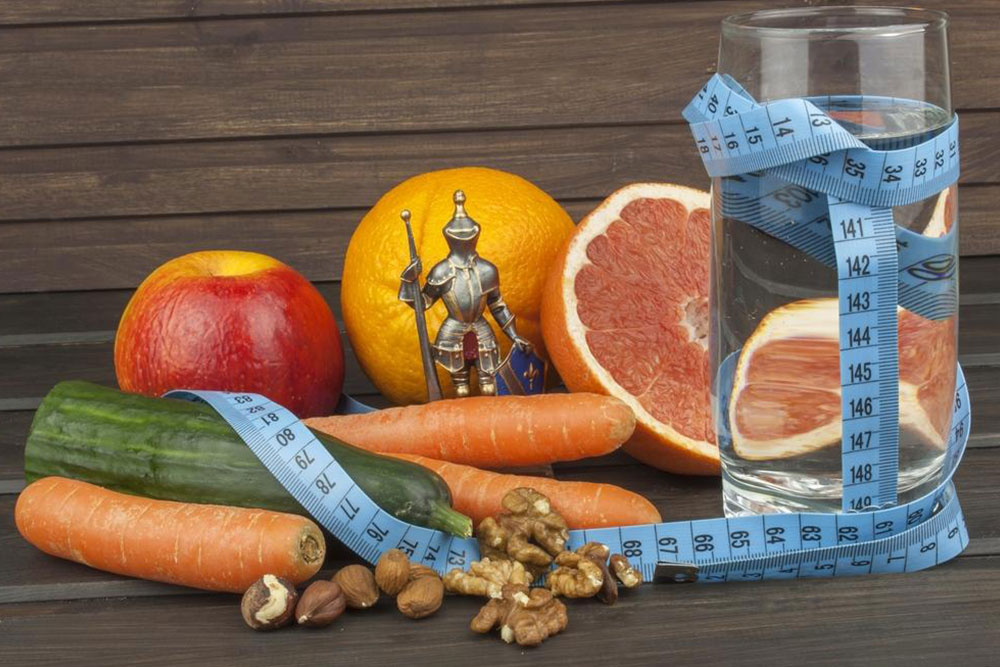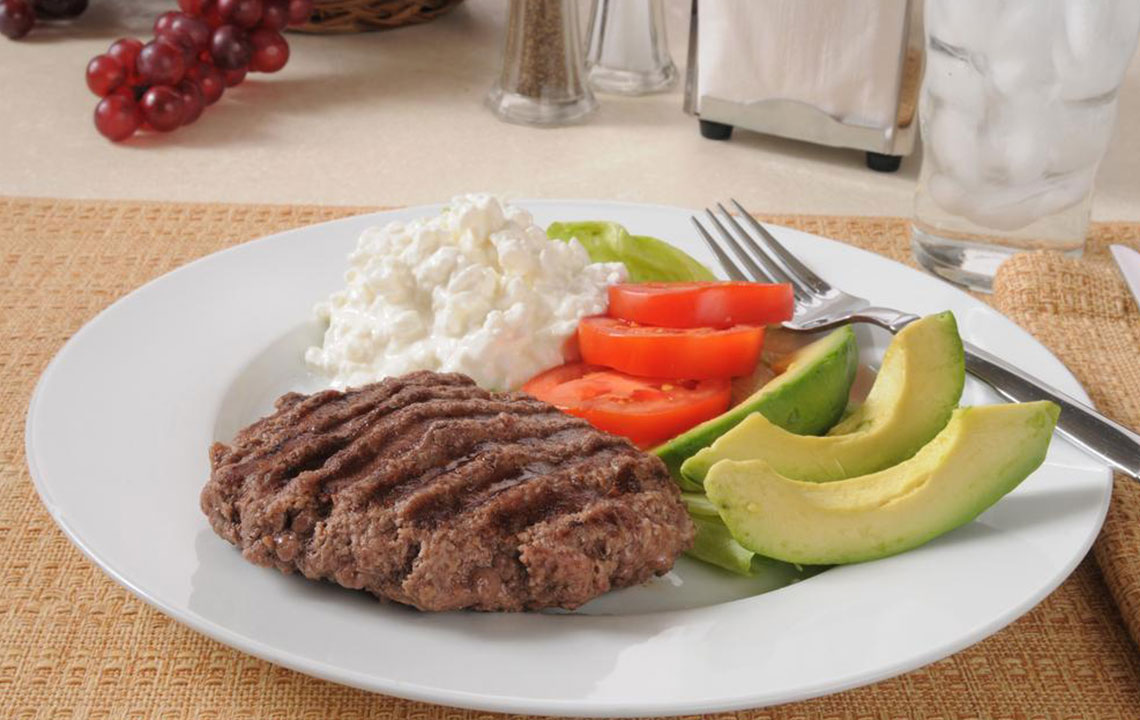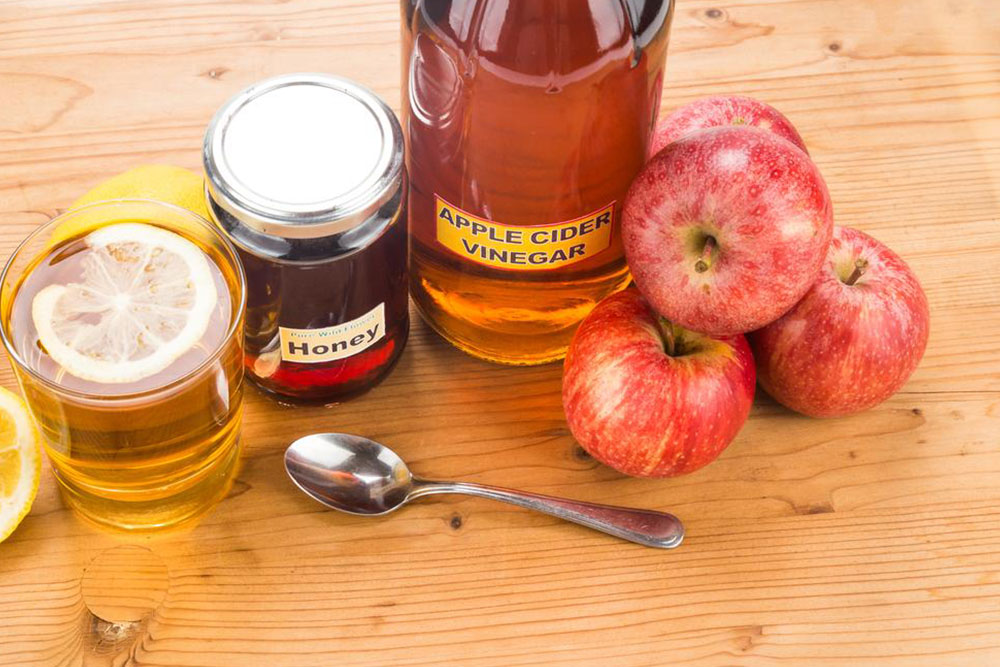Guide to Increasing Dietary Fiber Intake for Better Long-Term Health
Learn how to effectively increase your daily dietary fiber intake with practical tips for breakfast, snacks, lunch, and dinner. Discover the health benefits of fiber, recommended daily amounts, and delicious high-fiber foods to support cardiovascular health, digestion, weight management, and disease prevention. This comprehensive guide provides actionable advice for making sustainable dietary changes, emphasizing the importance of balance and healthy fats. Ideal for anyone seeking to improve their long-term health through better nutrition, this detailed article offers expert insights and easy-to-follow strategies to boost your fiber consumption at every meal.
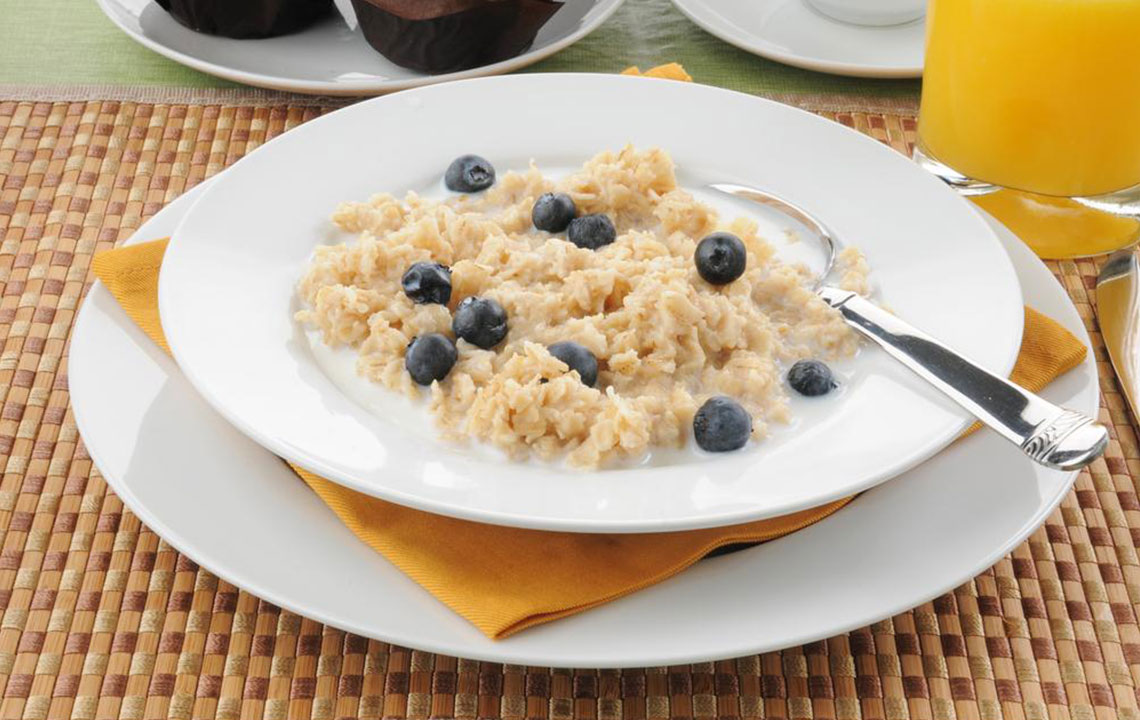
Comprehensive Guide to Boosting Your Dietary Fiber Intake for Improved Health and Well-Being
Maintaining an adequate intake of dietary fiber is a cornerstone of good health. Despite its importance, many people do not consume enough fiber daily, which can lead to a host of health complications over time. In today’s fast-paced world, high reliance on processed, convenience foods and fast food options significantly decreases fiber consumption, impacting digestion, weight management, and disease prevention. Incorporating high-fiber foods into your diet can help reduce the risk of developing type 2 diabetes, enhance cardiovascular health, protect against certain types of cancer, improve digestive function, and support healthy weight loss. Making fiber-rich foods a regular part of your meals is a proactive strategy to unlock these health advantages.
What Do Health Experts Recommend for Daily Fiber Intake?
According to health authorities worldwide, the recommended daily fiber intake varies by age and gender. For men under 50 years old, the suggested fiber intake is approximately 38 grams per day. Women in the same age group should aim for about 25 grams daily. As we age, these recommendations adjust slightly—men over 50 should target around 30 grams, and women of the same age should aim for about 21 grams each day. Achieving these intake levels can be simpler with strategic meal planning and choosing fiber-rich foods that are both tasty and nutritious.
Starting Your Day with a High-Fiber Breakfast
Kickstart your mornings with fiber-rich options to meet your daily goals effortlessly. A classic bowl of oatmeal or whole-grain cereal can be a nutritious start, providing approximately 4 grams of fiber per serving. To elevate your breakfast fiber content, add a handful of berries such as blueberries, blackberries, or raspberries—each packed with fiber and vital antioxidants. Enhance your meal by including low-fat dairy or plant-based milk alternatives to add volume and nutrients without extra sugar. For hydration, stick with water, unsweetened tea, or black coffee, and if you choose juice, opt for unsweetened varieties, keeping portions under 8 ounces for moderation.Healthy and Convenient Snack Options
Snacking can be both satisfying and beneficial for your fiber intake. Opt for fresh fruits like apples, pears, or berries paired with a tablespoon of hummus or nut butter. Other excellent options include a small bowl of popcorn, a handful of mixed nuts, or crunchy vegetables like carrots and celery sticks. These snacks are naturally low in unhealthy fats while rich in dietary fiber, promoting better digestion and long-term health. Incorporate these choices into your daily routine to manage hunger levels and maintain steady energy throughout the day.Fiber-Powered Lunch Ideas
Lunch is an ideal opportunity to include substantial amounts of fiber-rich foods. Choose whole grains such as brown rice, quinoa, or whole wheat bread and pasta as your base. Incorporate a source of lean protein—options include fish, legumes, tofu, or nuts—to make the meal balanced and satisfying. Experiment with diverse ingredients like whole grain wraps filled with vegetables and beans, or vegetable pasta topped with marinara sauce. Be generous with colorful vegetables and fresh fruits, as they significantly boost your fiber intake and aid digestion. Remember to drink plenty of water to facilitate digestion and keep your body properly hydrated.Light yet Nutritious Dinner Options
To support weight management and digestion, enjoy smaller dinner portions while maintaining nutrient density. Whole grain pasta with sautéed vegetables, lentil soups, or plant-based burgers like black bean burgers on whole wheat buns are nutritious options. Use heart-healthy olive oil and flavor your dishes with herbs and spices instead of heavy creams or sauces high in saturated fats. Incorporate more cooked vegetables and fresh fruits into your evening meal, focusing on fiber-rich and low-fat choices. Prioritize healthy, unsaturated fats to promote cardiovascular health and overall wellness. Moderation and balance are key—aim to include a variety of foods that contribute to your fiber needs without excess calories or unhealthy fats.Achieving optimal health through diet involves choosing foods that are high in fiber and low in trans and saturated fats. A high-fiber diet not only helps lower cholesterol levels, reducing the risk of heart disease, but also supports weight loss, stabilizes blood sugar levels, and can reduce the likelihood of certain cancers. Remember, you don’t need to completely eliminate fats from your diet; instead, focus on incorporating healthy fats such as those from fish, nuts, seeds, and olive oil to boost overall well-being. Making small, sustainable changes toward high-fiber eating habits can have long-lasting positive effects on your health and quality of life.

